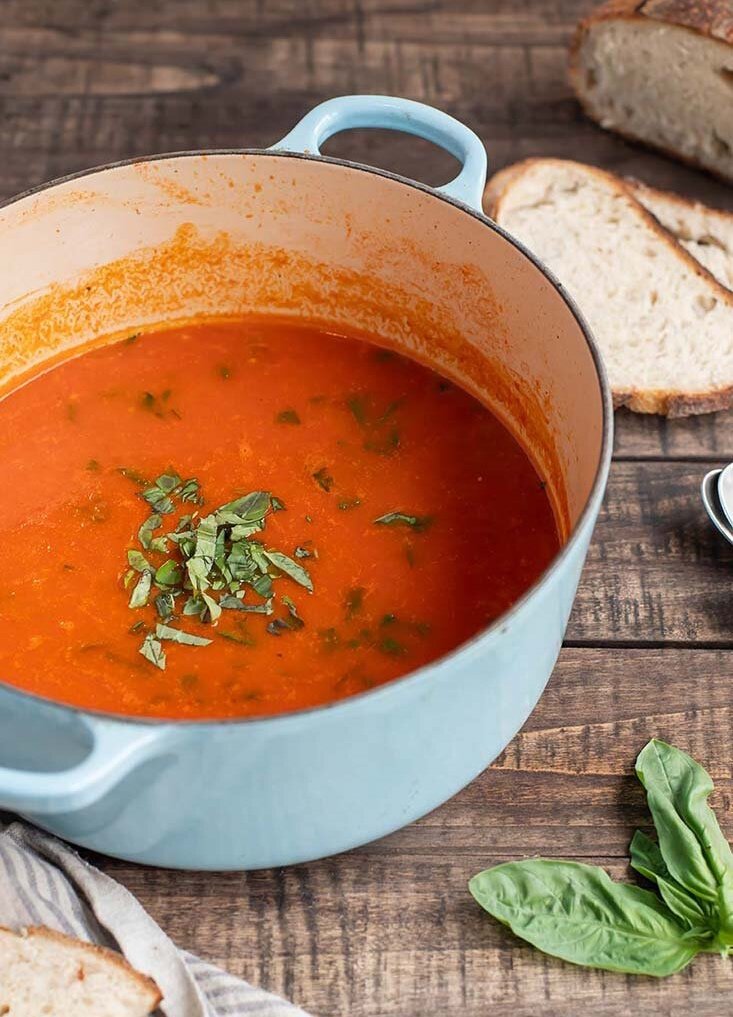Paleo Baked Salmon over Grain-Free Apricot Pilaf (AIP-Friendly)
/So, Friday nights. They're for staying in an making that recipe you've been day dreaming about, right? A few weeks ago I was talking to a friend about how my Friday nights are pretty lame, usually involving some pans, some spoons, and sometimes even a spatula. Being a good friend, she told me that cooking was doing something cool with my Friday night. I rolled with it, but I know--most people probably do something more than bake up a salmon fillet and curl up on the couch to watch a movie (you know, after setting up the "set" and taking pictures).
But you know what? I get to the end of my week, and all I want to do is chill. I want to let go, and destress, and eat. And I want it to taste delicious.
Lately, fish has been my Friday night date (Well, fish and Oliver--thanks for juicing that lemon, sweetie!). Even plain and simple, baked with a bit of lemon, a well-baked salmon filet is a treat, and in my book, fit for a Friday night. It's flakey, but still juicy. It melts in your mouth, nourishing you body, but also your soul.
This filet is served over a grain-free pilaf, jeweled with dried apricots, a hint of safflower, and parsley. You'd never guess, but this entire plate only takes 30 minutes from start to finish, so you can make the most of your Friday night... whatever that means to you!
Paleo Baked Salmon over Grain-Free Apricot Pilaf
Serves 2 - 3
Salmon
3/4 lb salmon filet
1/2 lemon, sliced thin
Salt & Pepper
1 teaspoon Safflower
1 teaspoon Coconut oil
Grain-Free Apricot Pilaf
1 two-pound head cauliflower
1/2 red onion
2 cloves garlic
1 large carrot
1/3 cup dried apricots
Salt & Pepper
1/2 tablespoon Safflower
1/2 cup parsley
Zest of 1 lemon
1/4 cup chicken broth
1 tablespoon coconut oil
1. Preheat oven to 450°F. Spoon 1 teaspoon of coconut oil onto a rimmed cookie sheet, and place in oven.
2. Cut the Salmon in 4-ounce portions. Pull the cookie sheet with the melted coconut oil from the oven, and arrange place the salmon on it. Season with salt, pepper, and safflower. Top with thin slices of lemon. Return to oven. Bake for 10-12 minutes, or until the salmon is flakey and opaque.
3. While the salmon bakes, prepare the pilaf. Melt the coconut oil in a large skillet over medium heat. Dice the onion, and mince the garlic. Add both the pan. Dice the carrots, and add them to the pan as well.
4. Grate the cauliflower (I use a food processor with the cheese grating attachment). When the onion is transparent, add the cauliflower to the pan, stirring to coat with oil. Add the broth to the pan, and reduce heat to low. Mince the parsley, and dice the apricots. Add them to the pilaf, along with the lemon zest, and stir occasionally, allowing the riced cauliflower to brown a bit.
5. Season the pilaf liberally with salt and pepper, and stir in the safflower. Spoon the pilaf onto plates and place the salmon over it. Squeeze fresh lemon juice over the entire dish.













